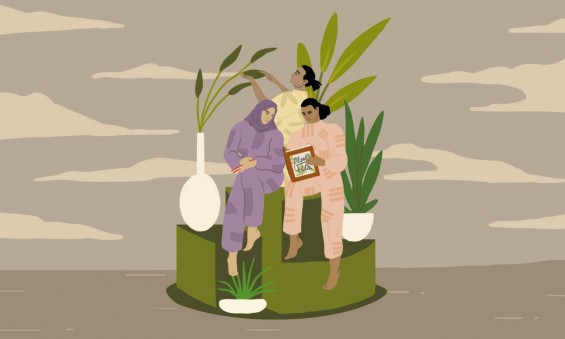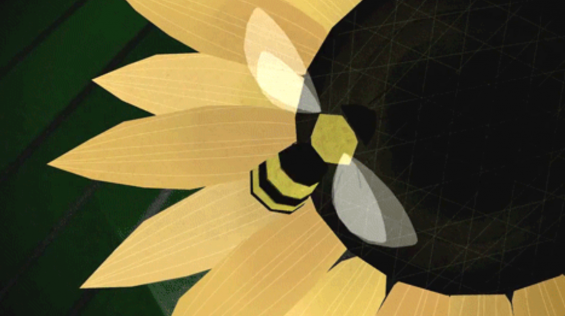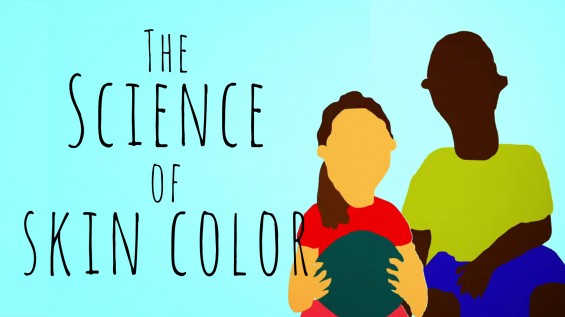
How one TED-Ed subscriber became a character in an animated lesson
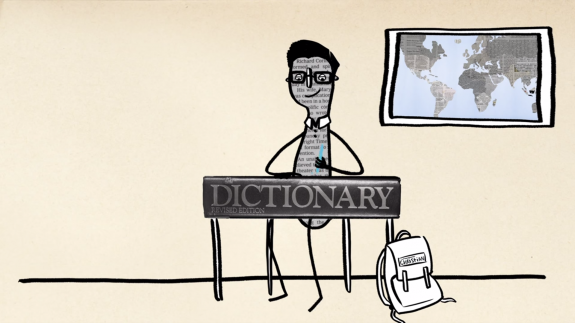
At the end of last year, TED-Ed reached an exciting milestone: 1 million YouTube subscribers. To celebrate the occasion, we put out an open call for subscribers to share a link to their favorite TED-Ed Lesson for a chance to win an animated walk-on role in one of our upcoming animations. Over 900 comments later, Christian Castillo (whose favorite lesson was ‘The hidden meanings of yin and yang’) was randomly selected for that prize. Read on to find out how our animators tackled the challenge of animating a real person, and what it’s like to see yourself as a animated character.
Once Christian was chosen as the winner, TED-Ed Animators Biljana Labovic and Lisa LaBracio brainstormed the best way to incorporate him into one of their upcoming animations. When they found out that Christian spoke both English and Spanish, they knew they wanted to put him into their upcoming lesson ‘The benefits of a bilingual brain.’ LaBracio said of the process, “We already had a few concrete style ideas in the beginning, but once we heard that Christian was also bilingual, we knew this was the lesson that he belonged in. Once that was decided, we worked with the educator to make sure that there was a high-school aged brother in the bilingual family, and that the family was Spanish speaking, so that Christian could have his own scenes.”

But how does animating a real person differ from their normal process? LaBracio explained, “Designing a character based on a real, live person is easier in some respects because some decisions are already made for you – for Christian we focused on his distinctive glasses and hairstyle. On the other hand, it’s difficult because, well – you could get it wrong! Especially with this animation style, we had simply designed characters – practically stick figures – so we had to really make sure we captured those recognizable traits without using a lot of detail.”
Christian shared four photos of himself with the team, and they set to work. The only challenge they experienced was trying to get in Christian’s trademark smile. LaBracio noted, “The first thing I noticed about Christian in the photos he shared with us was his infectious smile! Since a lot of the animation was Christian talking, thinking, or reading, there wasn’t a lot of room for me to use that expression. Finally, Biljana and I decided to end the lesson with Christian learning a new language and flying in the world of multilingual possibilities, so I could sneak in his signature expression.”
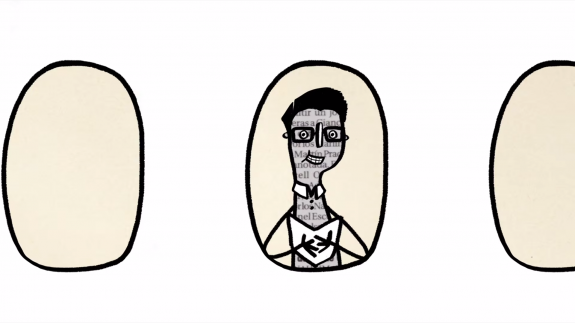
Christian was excited to finally see the finished animation. He remarked, “I’ve been a subscriber for about 2 years. I consider myself to be a visual learner, so the TED-Ed Lessons are wonderful for me. The variety of topics you can find in the lessons is incredible, from religion and philosophy to economics and physics. Seeing my final video was rewarding, especially because I was portrayed in a topic I feel identified with: bilingualism. English is my second language; Spanish is my first. I’ve found that knowing a second language is a wonderful window to a different culture.”
